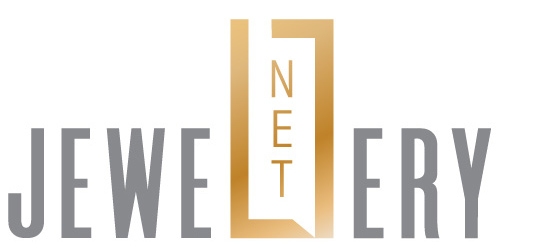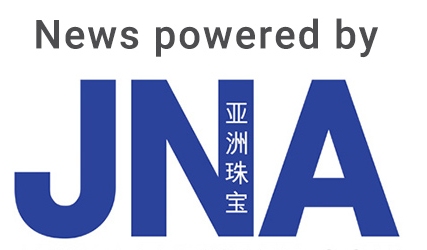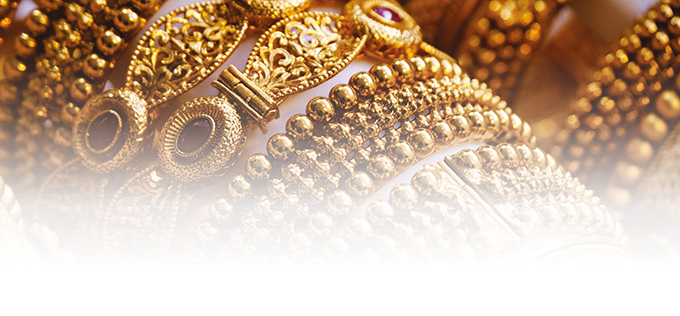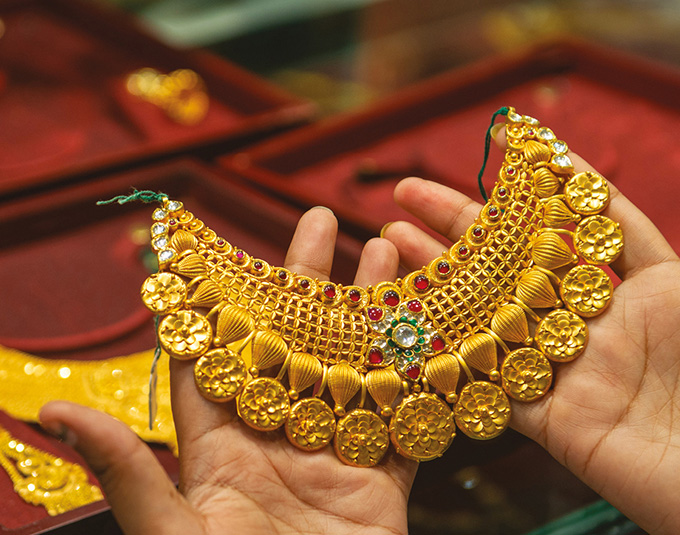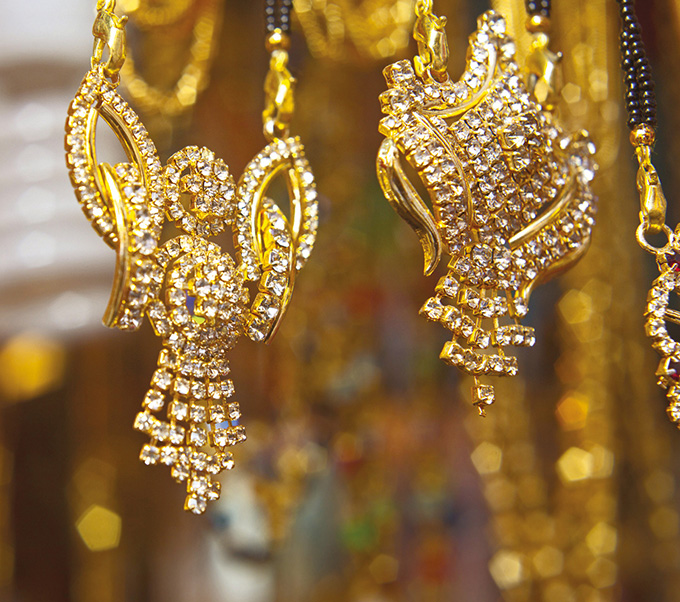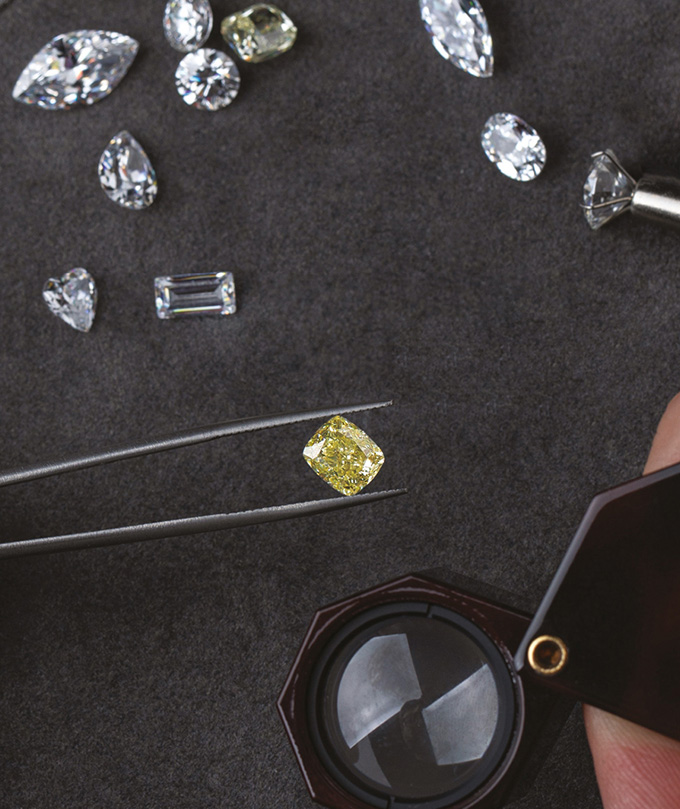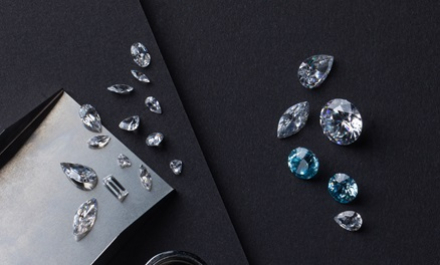The Indian gemstone and jewellery sector is poised for sustained growth, backed by a relatively stable economy, resilient market demand and several multilateral initiatives aimed at further empowering the industry.
This article first appeared in the JNA March/April 2025 issue.
India remains a formidable force in the global gemstone and jewellery trade, and rightly so. According to the Gem & Jewellery Export Promotion Council (GJEPC), the country’s gemstone and jewellery exports reached US$32 billion in fiscal year 2023-2024, placing it high up among leading jewellery markets in the world.
Domestic jewellery consumption was equally impressive at US$85 billion during the fiscal year, with diamond jewellery alone accounting for US$8.5 billion. India’s jewellery market is expected to surge to US$130 billion by 2030, revealed GJEPC.
A separate report by Deloitte, Sparkling success: Renaissance in India's gems and jewellery sector, released in January 2025 also provided optimistic results.
According to the study, India’s jewellery sector is projected to reach between US$225 billion and US$245 billion by fiscal year 2035, buoyed by robust domestic demand and economic growth as well as expanding government investments.
Amid ongoing macro challenges, India is expected to remain one of the fastest-growing major economies, fostering an environment conducive to business growth, particularly in sectors like jewellery, revealed Deloitte.
The World Gold Council (WGC), for its part, described 2024 as a resilient year for India. In its Gold Demand Trends 2024, the council said India’s gold jewellery demand dipped 2 per cent in 2024, largely due to high gold prices.
WGC data showed gold prices reached US$2,927.10 per ounce as of February 18, 2025, up 46.5 per cent from around the same period in 2024.
“The fact that annual demand only shrank by 2 per cent during a year in which gold prices reached multiple record highs is testament to the resilience of gold jewellery demand in India,” said WGC.
This highlighted the country’s relatively healthy economy as well as the market's positive response to reduced gold import duties that India implemented in July last year, which effectively offset recent price increases, added WGC.
The WGC report further showed that India had surpassed China as the largest jewellery market for the second time in three years.
Glittering opportunities
India is a key market in the international gemstone and jewellery trade, thanks to its robust economic growth, stable consumption and rising disposable income, according to newly appointed GJEPC Chairman Kirit Bhansali.
A young population alongside cultural affinity for gold and jewellery are also catalysts for growth in domestic demand. Bhansali added, “India’s exports-oriented gem and jewellery industry benefits from cost-competitive manufacturing and skilled workforce, enabling it to outperform other markets.”
According to India’s Ministry of Statistics & Programme Implementation, the country’s gross domestic product (GDP) is expected to grow 6.4 per cent in fiscal year 2024-2025. This is still notable, even though it is slower than the provisional GDP growth estimate of 8.2 per cent for fiscal year 2023-2024.
The industry is also on the lookout for fresh opportunities outside of India. Bhansali said India is actively exploring new markets while reinforcing its business in areas where it already has a presence.
India has its eye on Saudi Arabia, South America, the UK, Europe and Oman as potential trading partners in 2025 and beyond. These regions offer significant opportunities due to growing demand for luxury goods, increasing discretionary spend and a thriving jewellery culture, he added.
In addition, India is negotiating Free Trade Agreements (FTA) with the UK, Europe, Oman and Gulf Cooperation Council (GCC) countries, which when completed, will further enhance market access for Indian goods. India earlier signed FTAs with the UAE and Australia in 2022, which further strengthened the country’s gem and jewellery exports, revealed Bhansali. India’s main export markets for gems and jewellery are the US, Hong Kong and the UAE.
Diamond centre
India’s influential position in the international jewellery trade has become more pronounced amid recently unveiled industry-led campaigns aimed at revitalising demand for natural diamonds.
In January 2025, GJEPC launched the Indian Natural Diamond Retailer Alliance (INDRA) in collaboration with the De Beers Group. The initiative empowers retailers with AI-driven marketing tools, multilingual training modules and immersive storytelling to boost natural diamond sales.
Interactive roadshows have already started, enabling GJEPC members to enrol in the programme, according to Bhansali.
Yoram Dvash, president of the World Federation of Diamond Bourses (WFDB), highlighted India’s increasingly significant role in the diamond sector’s efforts to revive global demand.
“India is a country that understands diamonds. Ninety per cent of the diamonds in the world are cut and polished in India. The country has the expertise, the understanding and a culture that welcomes diamonds. So yes, India is critical to the revitalisation of the industry,” stated Dvash.
In particular, India has the potential to become a huge market for polished diamonds, added the WFDB official.
With the mainland China and Hong Kong markets likely to take a few years to fully recover, the diamond industry is looking to the US and India to become major diamond centres. He added, “When China bounces back, there will be three diamond centres. This is why having India develop its consumer market for diamonds is a major bonus.”
Dvash also did not rule out the possibility of collaborating with GJEPC on future initiatives to boost demand for natural diamonds, adding that WFDB has worked with the council several times in the past.
The way forward
According to a survey by Deloitte, which compares consumer trends in India between 2023 and 2024, there is a dynamic interplay between tradition and modernity in the Indian jewellery market. “Gold remains the dominant choice, particularly for weddings and investments, while younger demographics are driving demand for contemporary, everyday designs and sustainable alternatives such as lab-grown diamonds,” the survey revealed.
Other findings point to varying consumer preferences: Younger buyers gravitate towards minimalist and everyday jewellery and prefer sustainable options, while a more mature audience with higher discretionary income favour investment-grade purchases.
“In conclusion, the Indian jewellery sector is positioned for sustained growth, driven by favourable economic conditions, regulatory support and evolving consumer preferences,” noted Deloitte. “Regulatory compliance and adaptation to market trends will be essential for businesses to capitalise on the expanding opportunities in this sector.”
Meanwhile, Dvash underscored India’s “tremendous potential” owing to its long and rich tradition of buying diamonds, gemstones and jewellery. It is also the largest country in the world by population.
“The issue is that it is a closed market, with taxes on imported diamonds preventing other players from participating in the market. Governments should discuss this issue in an effort to open the Indian consumer market to diamonds from other places,” shared Dvash.
For his part, Bhansali remains optimistic about further growth in India’s gem and jewellery exports moving ahead, backed by strong recovery and expansion in key markets.
Growth will likely be driven by FTAs with the UAE, Australia and potential agreements with the UK, Europe and GCC, which will enhance market access and reduce trade barriers, he stated.
Challenges such as a global economic slowdown and supply chain disruptions due to geopolitical events, however, remain. A combination of local economic growth, resilient demand and continued innovations in the trade could help offset such headwinds.
Meanwhile, gold prices will play a crucial role in Indian jewellery demand in 2025, WGC said. While weddings could provide some support to jewellery demand, price volatility will ultimately influence buying decisions going forward, it added.
